* UNDER CONSTRUCTION *
Check back soon for our updated observing page featuring constellations, objects of interest, and commonly asked observing questions.
Jump to: Circumpolar Constellations ★ Spring Constellations ★ Summer Constellations ★ Fall Constellations ★ Winter Constellations ★ Southern Constellations ★ Messier Catalog ★ FAQs
Circumpolar Constellations
These constellations are visible all year long from the Northern Hemisphere.
Spring Constellations
These constellations are prominently visible during the spring months at around 9 pm for observers in the Northern Hemisphere.
Summer Constellations
These constellations are prominently visible during the summer months at around 9 pm for observers in the Northern Hemisphere.
Autumn Constellations
These constellations are prominently visible during the fall months at around 9 pm for observers in the Northern Hemisphere.
Winter Constellations
These constellations are prominently visible during the winter months at around 9 pm for observers in the Northern Hemisphere.
Messier Catalog
M66
M67
M68
M69
M70
M71
M72
M73
M74
M75
M76
M77
M78
M79
M80
M81
M82
M83
M84
M85
M86
M87
M88
M89
M90
M91
M92
M93
M94
M95
M96
M97
M98
M99
M100
M101
M102
M103
M104
M105
M106
M107
M108
M109
M110

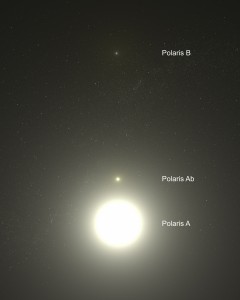

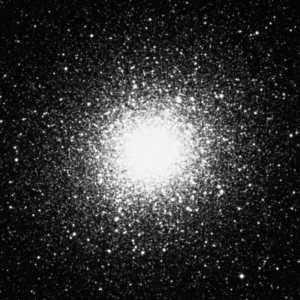


FAQs
What is a constellation?
A constellation is a collection of stars, but it’s also a collection of borders in the sky. In 1928, the International Astronomical Union (or IAU) agreed on a set of 88 constellations which cover the entire celestial sphere.
Where is the Big Dipper? The Little Dipper? The Teapot?
Some of the most popular and easily recognizable patterns in the night sky are not actually constellations, but asterisms. An asterism is a named pattern of stars that is smaller than a constellation. While the IAU recognizes 88 constellations, many stargazers recognize familiar asterisms in portions of these constellations, such as the Big Dipper in Ursa Major, the Little Dipper in Ursa Minor, or the Teapot in Sagittarius. Knowing these popular asterisms can help stargazers quickly identify constellations and easily orient themselves in the night sky.
Click here to be taken to the IAU’s Constellation page
What’s the North Star? Why is it important?



















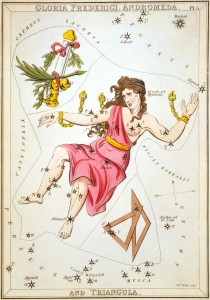












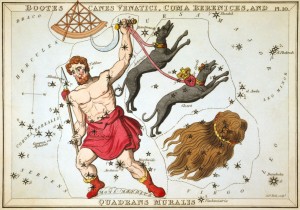


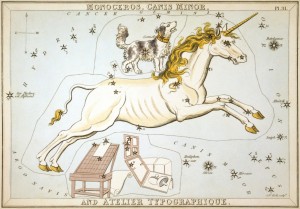
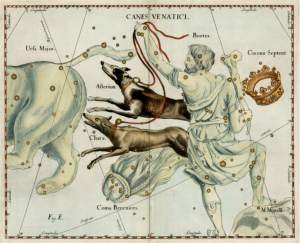

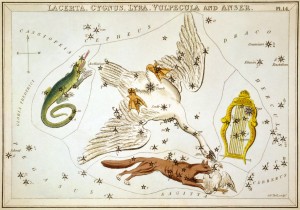
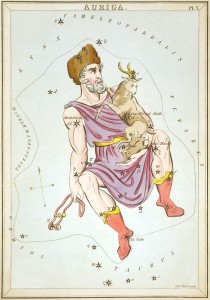






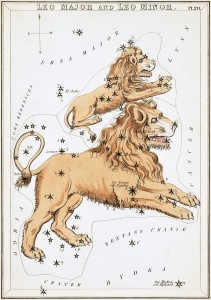











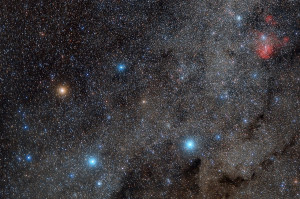





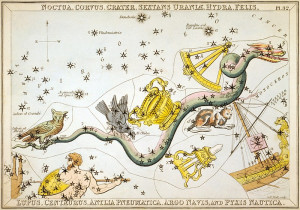

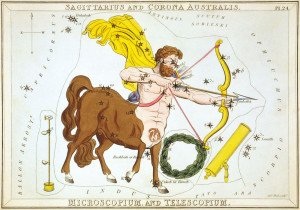










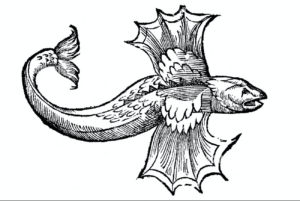











































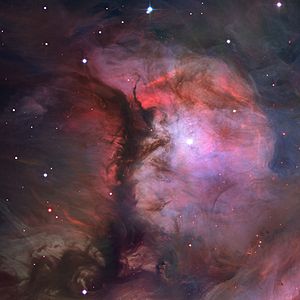






















You must be logged in to post a comment.